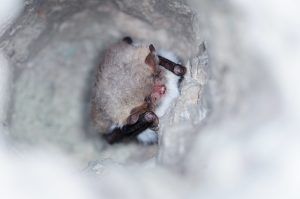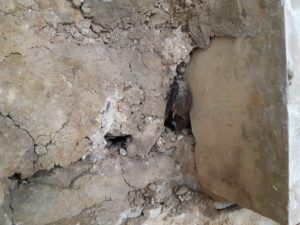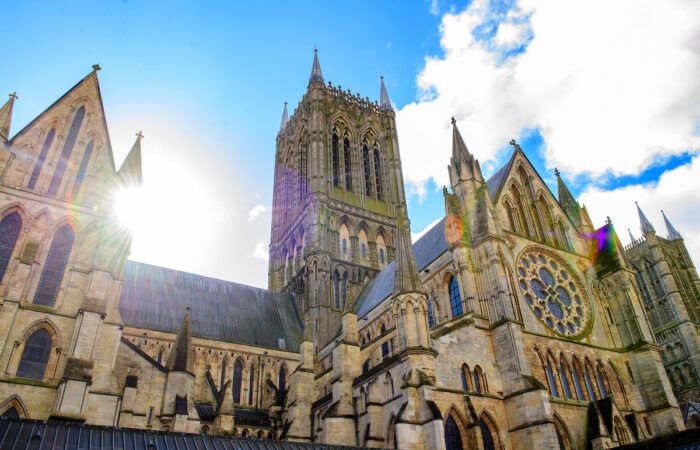A recent National Lottery Grant helped us fund the repair and strengthening of the cloister wall, but why have our stonemasons have left gaps and some areas unaltered?
The answer, is to accommodate the rare Natterer’s bats (Myotis nattereri) which have made their home in the cloister wall. We have intentionally left gaps and voids, so the bats can continue to use the wall as their home. You can find out more in this video by David Bodenham, applied ecologist.
What is a Natterer’s bat?
The N
Are the bats here all year round?
Natterer’s bats use the crevices in the cloister walls during the winter months as hibernation roosts. In Spring, they will move to other roosting sites, before arriving at their summer roosts. In December, they will once again move back into their hibernation sites, which tend to be cooler, like the entrance of caves or mines. The cloister walls mimic these conditions and because of this, they are a suitable location for bats hibernating over the winter period.
Why are bats protected?

Bats are also important indicators of biodiversity. Intensive agricultural practices have a direct effect on insect numbers and diversity. This has a knock-on effect on our bats who would normally feast on these insects. Fewer insects means fewer bats, and from bat data collected around the country we can measure the impact such practices are having on our environment

